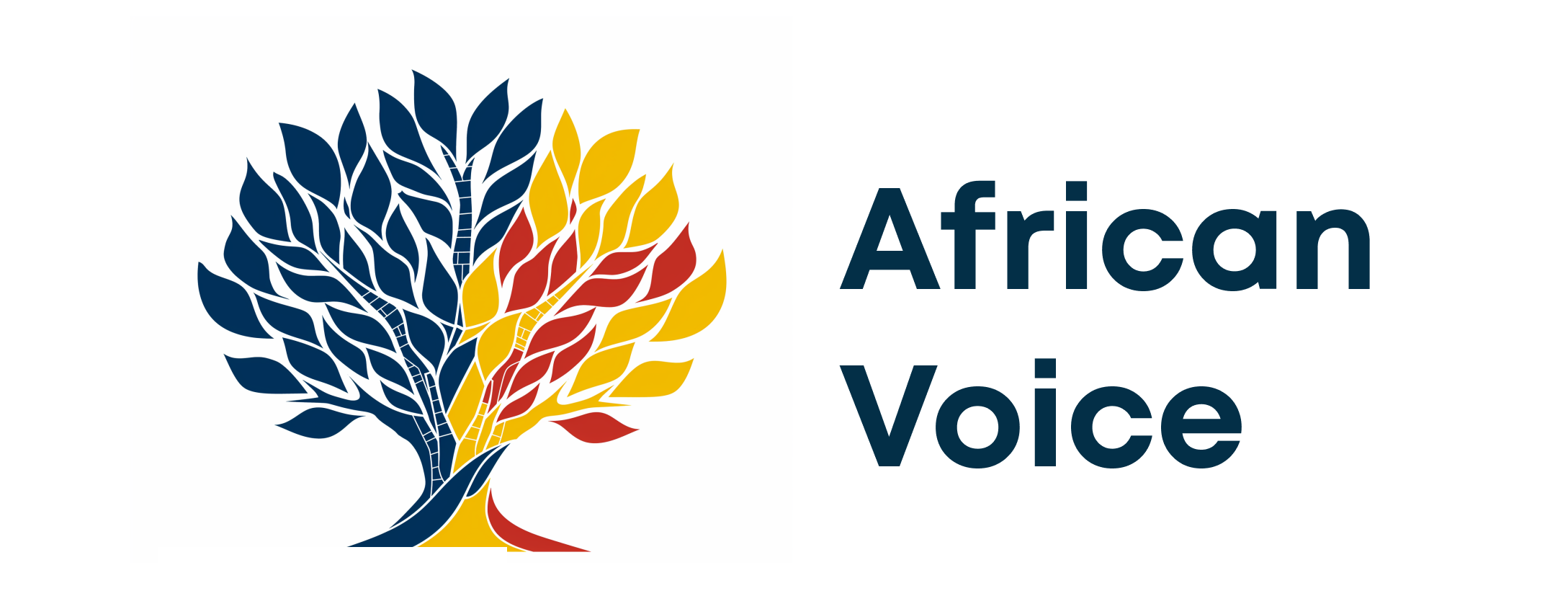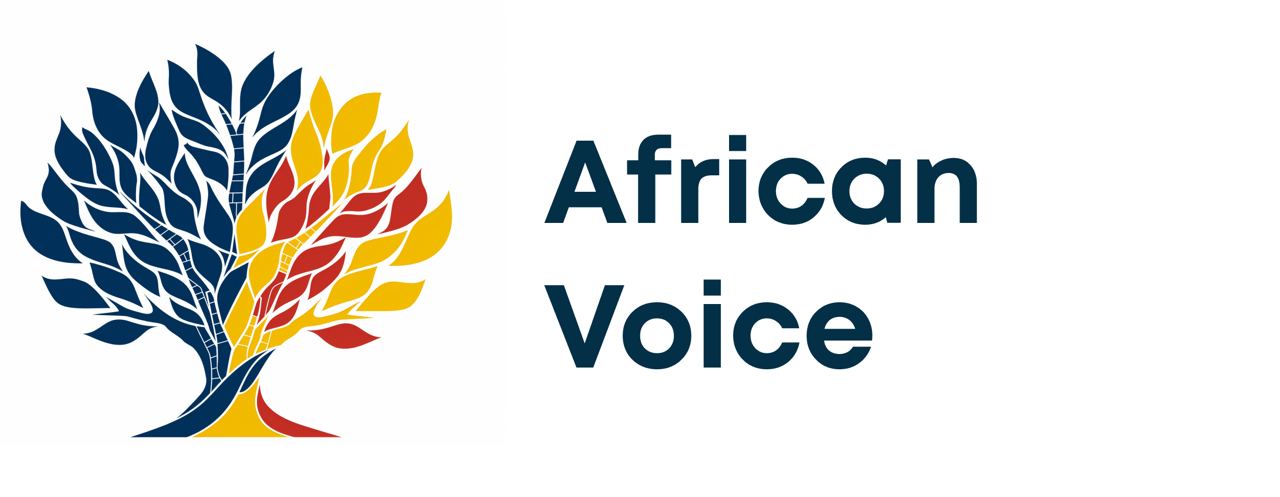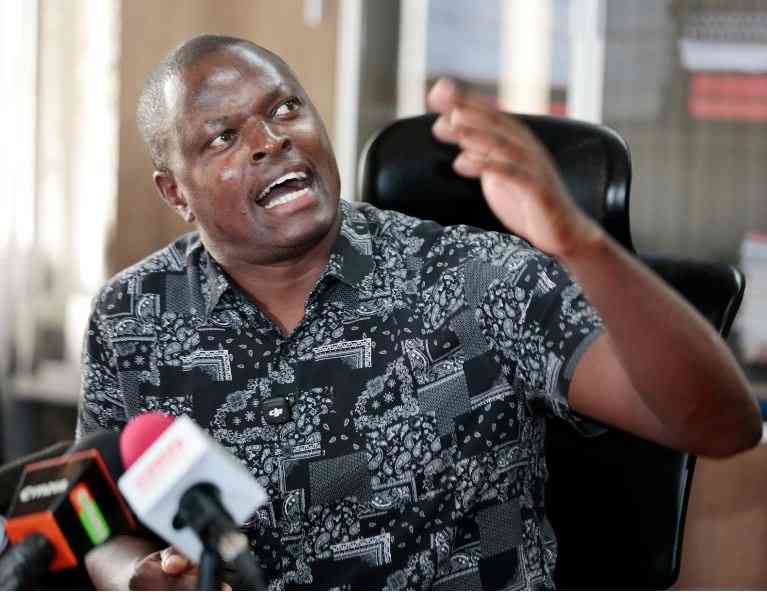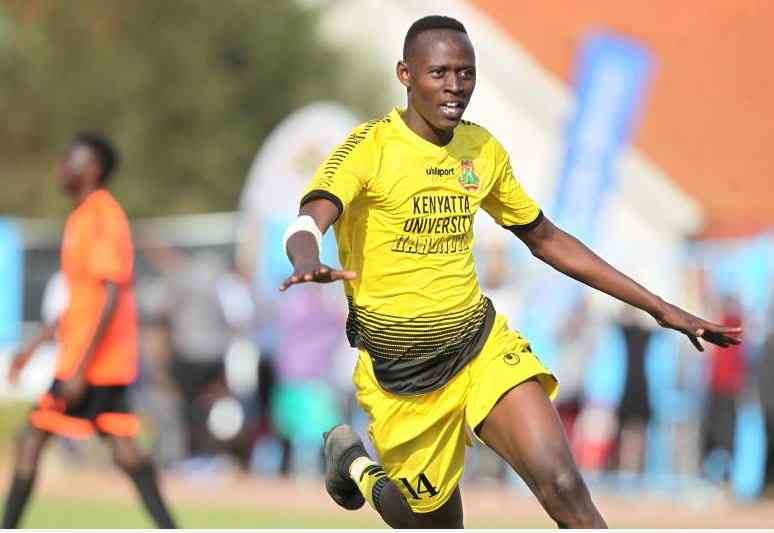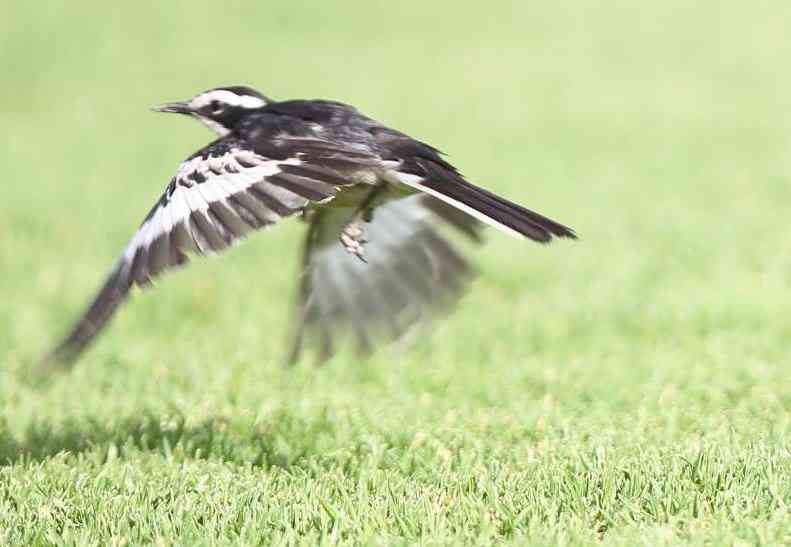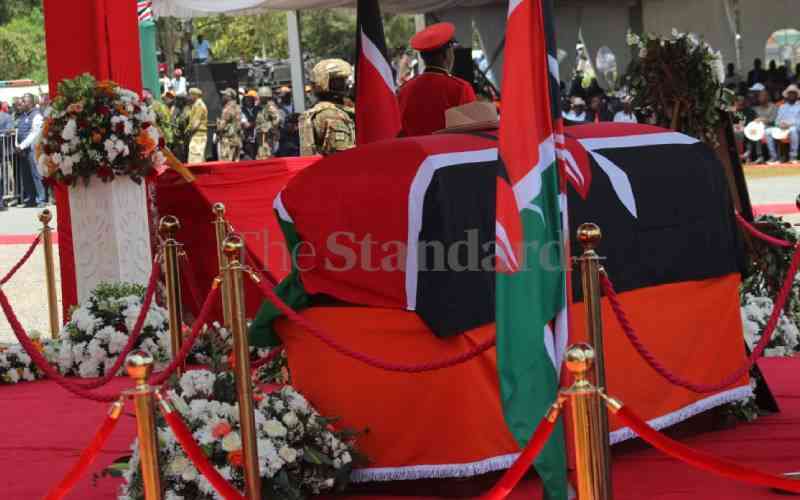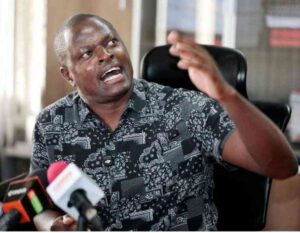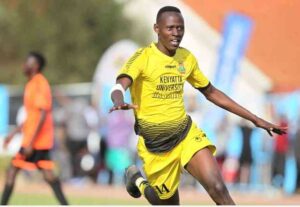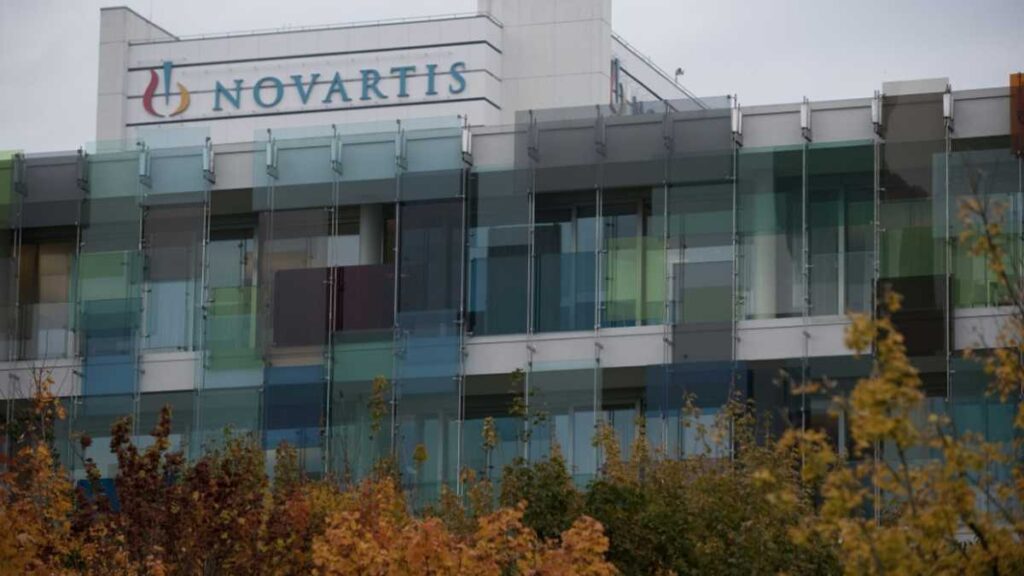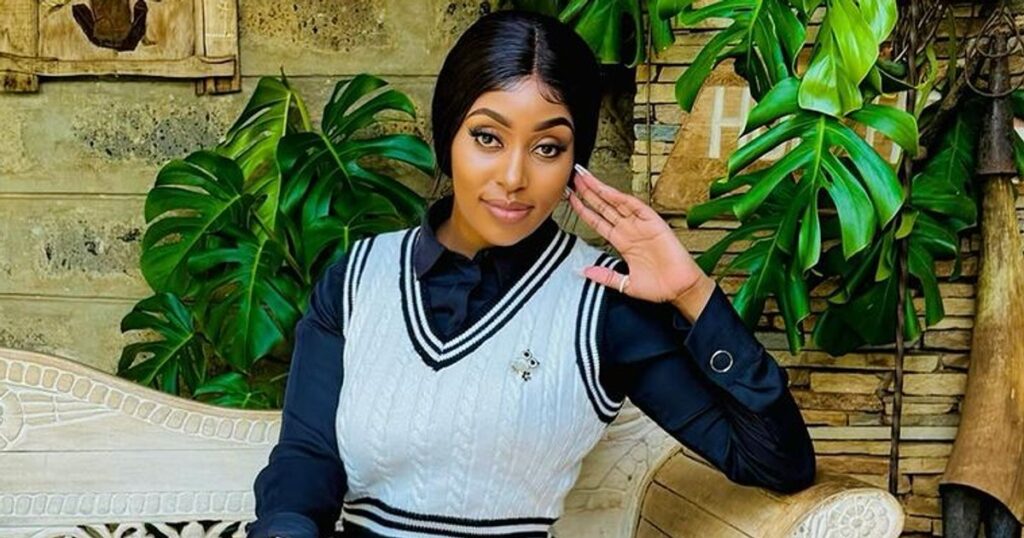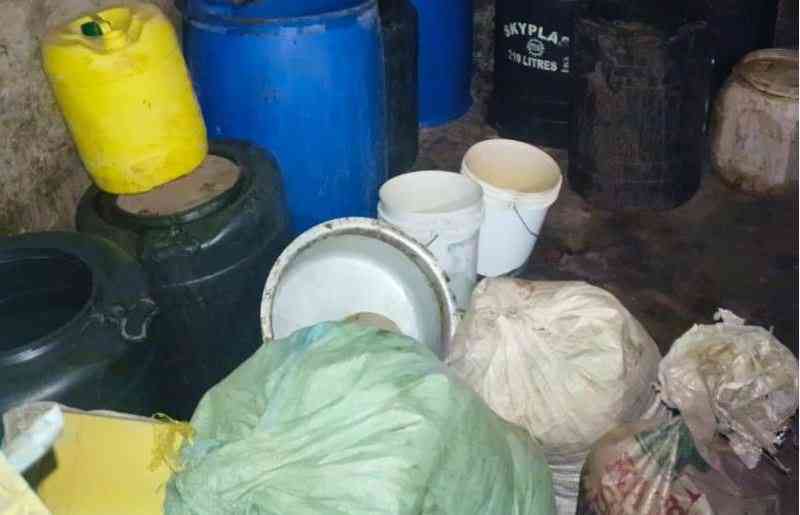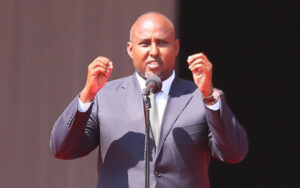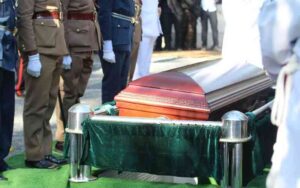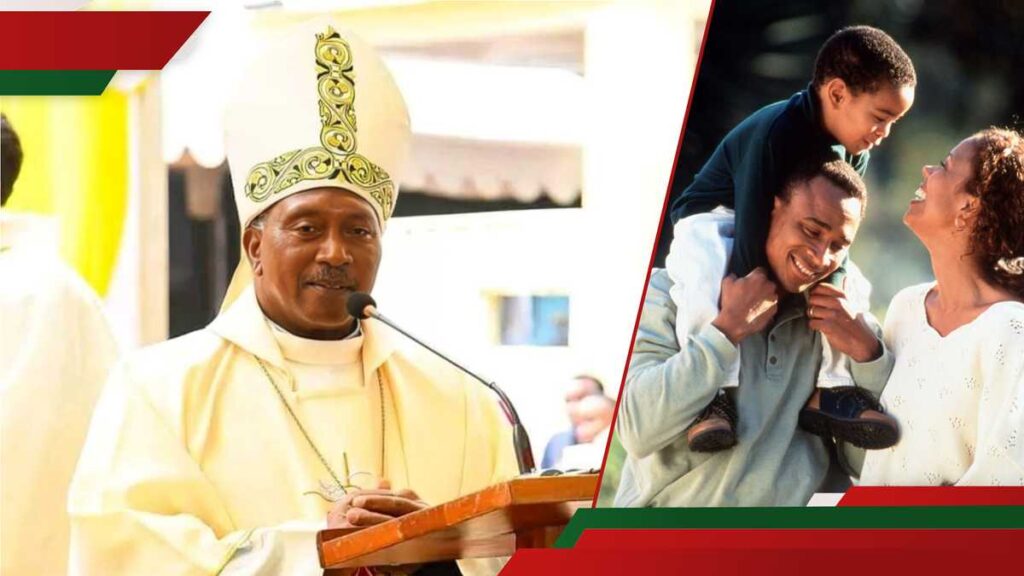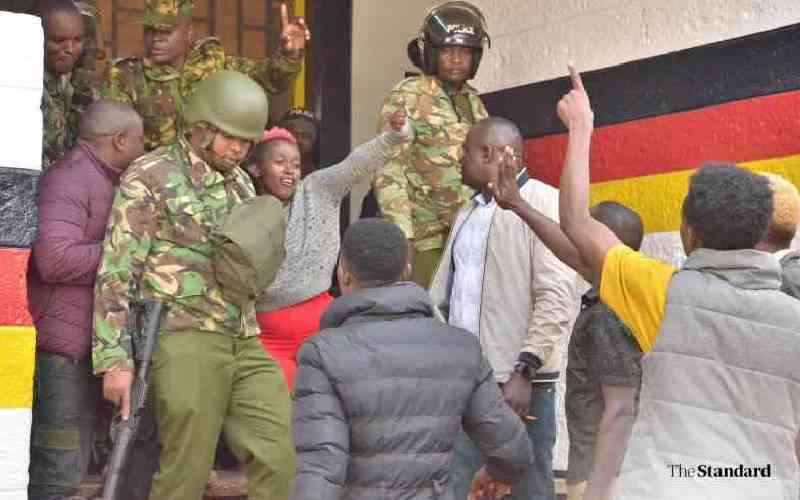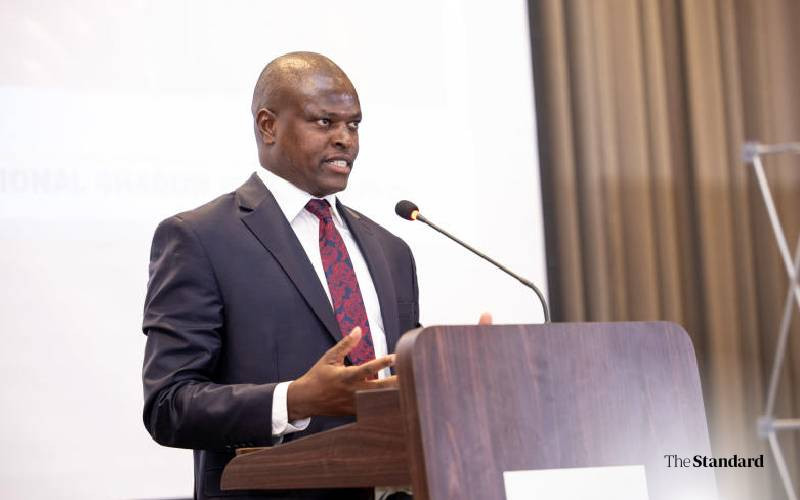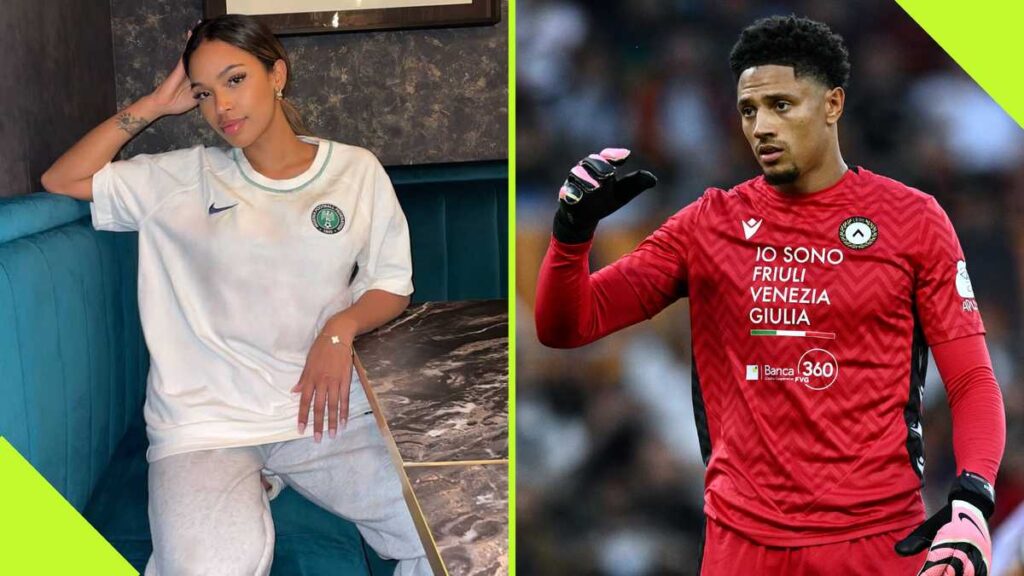Former Prime Minister Raila Odinga was laid to rest on Sunday at his father’s mausoleum at Kang’o ka Jaramogi in Bondo, Siaya County.
Immediately after the casket was lowered, his signature hat and whisk were placed on top, presented by his personal bodyguard, Maurice Ogeta. This was followed by a 17-gun salute by the military.
Although Raila was never a president, the gun salutes that pierced the solemn farewell reflected military protocol reserved for a veteran statesman.
Ahead of Raila’s burial, the question of whether he would be accorded a State funeral became a matter of public interest. President William Ruto, during his speech, admitted, “Some people tried to persuade me not to give Raila a State funeral with military honours, but I felt that as the people’s president, he deserved the honour given to Heads of State.”
The honour began when President Ruto declared a seven-day mourning period with flags flying at half-mast following Raila’s death.
When the body was brought back to the country from India, it received a water cannon salute at the Jomo Kenyatta International Airport—a gesture typically reserved for State receptions.
The following day, Raila’s body lay in state at the Parliament Buildings, guarded by uniformed officers, allowing legislators and dignitaries, led by President Ruto, to pay their final respects.
The procession then moved to Nyayo National Stadium, where thousands of mourners and international guests gathered for the requiem mass.
A State Funeral Committee, co-chaired by Deputy President Kithure Kindiki and Senator Oburu Oginga, was formed to oversee the 72-hour burial programme.
Raila’s body also received a symbolic water cannon salute upon its arrival at Kisumu International Airport on Saturday, October 18 — another ceremonial gesture typically reserved for significant aviation or state occasions.
Odinga’s body was airlifted aboard a Kenya Air Force C-27J Spartan, an aircraft usually designated for Very, Very Important Persons (VVIPs) such as the President and the Chief of Defence Forces. It was escorted by a military helicopter that had taken off simultaneously from Embakasi Airbase.
All these protocols are enshrined in the Defence Forces Standing Orders, drawn from Commonwealth traditions, which guide the honours accorded to leaders of various political and military ranks.
According to military protocol, a 21-gun salute is reserved for a serving sovereign or head of state — in Kenya’s case, the sitting president.
Below that is the 19-gun salute, which is accorded to retired presidents or individuals of equivalent stature, such as a sitting Prime Minister or the Chief of Defence Forces, acknowledging their peak authority and service.
Stay informed. Subscribe to our newsletter
A 17-gun salute, on the other hand, is the prescribed tribute for a retired Prime Minister, a Vice President, or senior military officers of a specific rank.
This tier formally applied to Odinga in recognition of his service as Kenya’s Prime Minister from 2008 to 2013.
In Kenyan history, the state funerals of retired Presidents Daniel arap Moi (2020) and Mwai Kibaki (2022) were both marked by 19-gun salutes. Similarly, the late General Francis Ogolla, who served as Chief of Defence Forces, was accorded a 19-gun salute, aligning with his active top-tier military position.
Additionally, the late premier’s wife Ida Odinga, was handed the Kenyan flag that was used to cover the coffin during the service and to his resting place.
National Assembly Speaker Moses Wetangula presented Raila’s contributions over the years, extracted from the Hansard and tributes made in parliament following his demise.
Though Raila Odinga never served as president, his 17-gun salute marked a farewell — an echoing tribute to a political titan whose legacy remains too vast to be captured by any number of shots.
